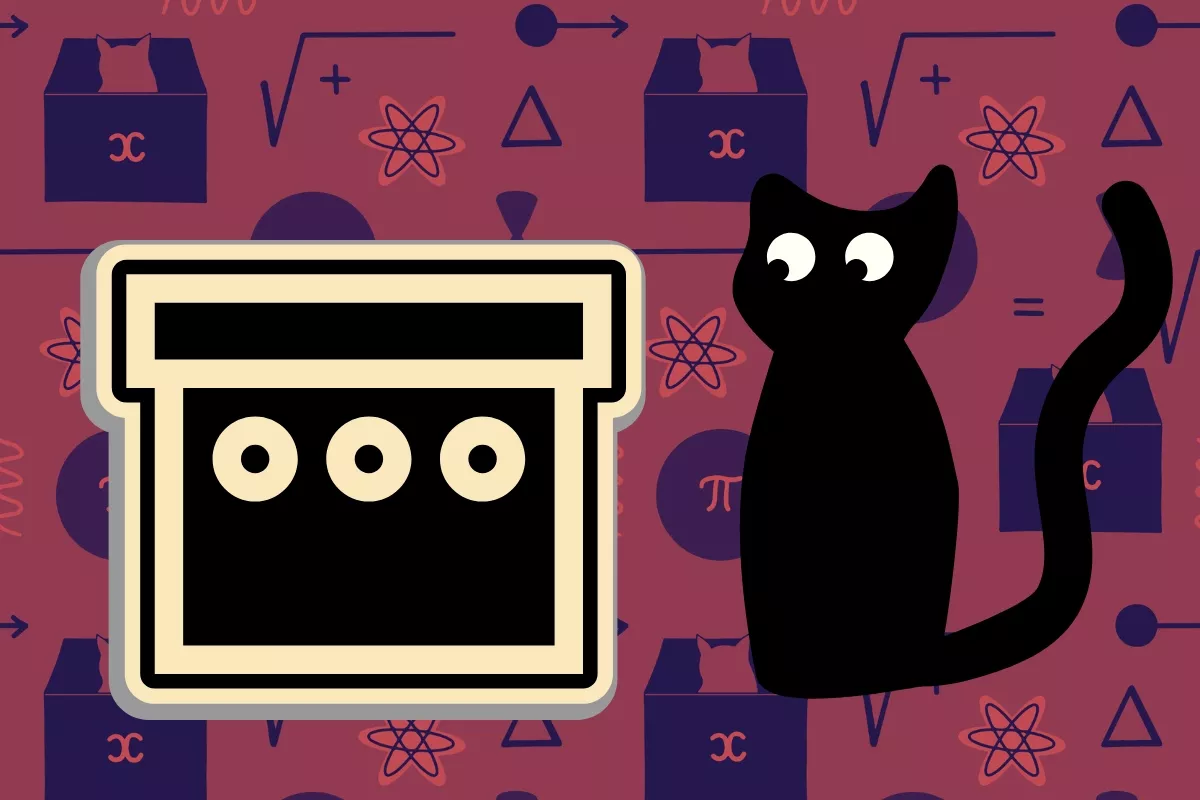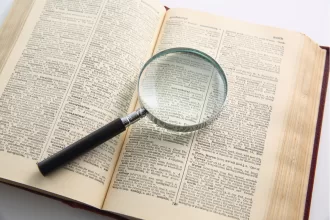Quantum computing is poised to be the next big leap in technology—if it can overcome one major challenge: the high frequency of errors. Currently, quantum computers are highly prone to failures. To put this into perspective, estimates suggest an error might occur for every 1,000 qubits (the basic unit of quantum information). In comparison, classical computers experience around one error for every billion billion bits.
For quantum computing to scale effectively, solving this issue is critical. Scientists are working on building better qubits that are less prone to errors. Now, a research team at the University of New South Wales (UNSW) in Australia may have found a potential solution, described as a true “Holy Grail” for making quantum computing nearly error-proof—and it’s linked to the famous Schrödinger’s cat thought experiment (via Nature).
Schrödinger’s Cat
Schrödinger’s cat is a thought experiment developed by Austrian physicist Erwin Schrödinger in 1935 to illustrate the strange rules of the quantum world. In the scenario, a cat is placed inside an opaque box alongside a vial of poison, a Geiger counter connected to a relay, and a hammer. The Geiger counter may or may not detect radiation from radioactive decay—a random quantum process. If radiation is detected, the relay triggers the hammer to break the vial, releasing the poison and killing the cat.

In the quantum world, particles don’t follow the deterministic rules of classical physics. Radioactive decay is a probabilistic quantum event, which means Schrödinger could only know if the cat is alive or dead by opening the box. Until that observation, quantum mechanics says the cat exists in a superposition of states: alive and dead simultaneously.
“No one has ever seen an actual cat in a state of being both dead and alive at the same time, but people use the Schrödinger’s cat metaphor to describe a superposition of quantum states that differ by a large amount,” said Professor Andrea Morello, UNSW Sydney, leader of the research team (via LiveScience).
Bits, Qubits, and Spin States
Now let’s connect this to quantum computing. In classical computers, bits are represented as either 0 or 1, like a switch being off or on. In quantum computing, the basic unit of information is the qubit, which can represent 0, 1, or a superposition of both simultaneously. This superposition, reminiscent of Schrödinger’s cat, is key to quantum computing’s power.
A common way to represent these states is through the spin of a particle, such as an electron. “Spin up” often corresponds to 1, while “spin down” represents 0. By manipulating these spins using magnetic fields or radiofrequency pulses, quantum computers perform calculations.
Just as Schrödinger could only determine the cat’s state by looking into the box, errors in quantum computing occur when external factors disrupt a qubit’s spin, destroying its superposition and leading to computational failures.
To prevent sudden changes in spin caused by decoherence, environmental interactions, or quantum gate errors, scientists have been searching for a more robust “cat.” Enter the antimony atom.
The Antimony Atom and Its Eight Spin States
Here’s the breakthrough: the antimony atom offers eight spin directions instead of the usual two (up and down). This means six additional spin states act as a buffer, so a single error isn’t enough to destroy the encoded information. The additional “space” between states 0 and 1 makes the system more resilient to errors.
For quantum computing, this translates to faster error correction and more scalable, reliable quantum computers capable of solving complex problems. Even with higher error rates, quantum computers already outperform classical systems in certain tasks. For instance, Google’s 105-qubit quantum chip, Willow, solved a problem in under five minutes that would take the most powerful supercomputer 10 septillion years to crack.
“As the proverb goes, a cat has nine lives. One little scratch is not enough to kill it,” explained Benjamin Wilhelm, co-author of the research and a Ph.D. student in electrical engineering at UNSW. “Our metaphorical ‘cat’ has seven lives: it would take seven consecutive errors to turn the ‘0’ into a ‘1’!”
Using the cat analogy: imagine your cat comes home one morning with a scratch on its paw. It’s not life-threatening, but it signals something went wrong. This allows you to investigate—ask neighbors, check security cameras—and treat the injury before it worsens or happens again.
Toward Error-Free Quantum Computing
The antimony atom was embedded inside a silicon quantum chip, similar to those in our computers and smartphones but modified to access the quantum state of a single atom. This innovation paves the way for error detection and correction—a critical milestone for practical quantum computing.
As Professor Morello puts it, “If an error occurs, we detect it immediately and can correct it before further errors accumulate. It’s like noticing the cat with a scratch on its face and resolving the issue before it gets worse.”
The team’s next goal is demonstrating robust error correction, a feat often regarded as the “Holy Grail” of quantum computing.






